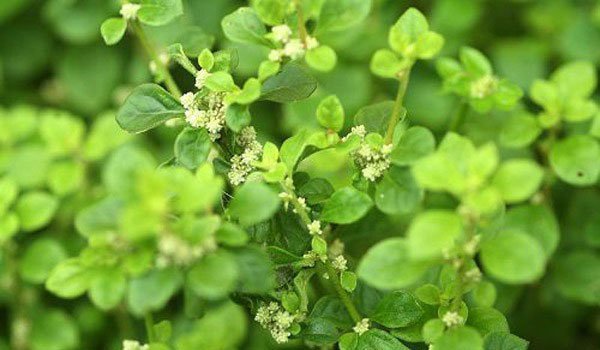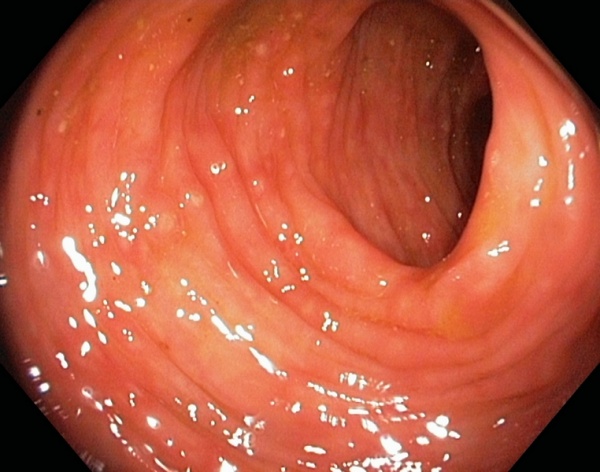Meadowsweet: medicinal properties and contraindications. Meadowsweet root: tincture
Meadowsweet, or meadowsweet, as it is also called, is a herbaceous plant that is widespread in Central Europe, as well as in Central Asia and Mongolia. The straight and ribbed stem up to one and a half meters high is densely covered with leaves. Their upper side is smooth, dark green, and the lower side has a whitish tint. Numerous fragrant white flowers are united in paniculate inflorescences. Flowering of meadowsweet begins in May and continues until August. Meadowsweet prefers damp places - swamps, banks of reservoirs, clearings and damp forest clearings.
Medicinal properties of meadowsweet
In folk medicine, since the mid-17th century, meadowsweet has been used to treat many diseases. The medicinal properties and contraindications of this plant were already described by doctors and passed on from generation to generation. Meadowsweet has been used as a hemostatic, bactericidal, anti-inflammatory, sedative and anthelmintic. Modern scientists have proven that the high antiviral activity of meadowsweet can improve the functioning of the liver in cleansing the body of toxins and waste.
Contraindications
The plant is not toxic, but it should be used with caution by people with low blood pressure, poor blood clotting, and constipation. Meadowsweet products are contraindicated for pregnant women and children under 12 years of age.
In the official pharmacology of our country you cannot find such a plant as meadowsweet. Its medicinal properties and contraindications are officially noted in other states. But in our country this plant is used as a medicine with great success.
Indications for use
For which diseases is it not used? The properties of each part of this plant have their own positive effect on various health problems. All kinds of decoctions, tinctures, and ointments are prepared on the basis of meadowsweet.
Infusions are made from the flowers to help with conjunctivitis, gastric catarrh, chronic cholecystitis, and colds.
A decoction of the stems and leaves of meadowsweet, due to its astringent properties, is known as a remedy for diarrhea, and is also used for high blood pressure, nervous disorders, pneumonia, bronchitis, and inflammation of the urinary tract.
Meadowsweet root is used to treat joints, cardiovascular diseases, hypertension, and also as a means for the rapid healing of wounds and burns.
Thus, products prepared on the basis of this herb have a very wide range of effects - from herpes to cancer.
Infusion of meadowsweet leaves
Like almost any medicinal herb, meadowsweet is used to prepare an infusion. This remedy is prepared quite simply - dry crushed leaves are poured with boiling water (0.5 liters of water is taken per tablespoon of leaves) and left for a quarter of an hour in a water bath. Then the strained infusion should be taken three times a day for a month. Using the infusion as a compress for joint inflammation helps relieve swelling and relieve pain.
Use of meadowsweet root for medicinal purposes
The positive results observed when using the rhizome for treatment make meadowsweet simply irreplaceable. The medicinal properties and contraindications of products based on meadowsweet root are described in detail in many sources. Since ancient times, this part of the plant has been used to treat rheumatism, gout, epilepsy and dysentery. This is an effective remedy for reducing blood viscosity and preventing thrombophlebitis. After a heart attack, when Aspirin is contraindicated, a decoction of meadowsweet root will come to the rescue. Place the dried roots in water and keep in a water bath for 15-20 minutes. For 1 liter of water - 20 g of roots. Take 50 ml orally up to 4 times a day. As a compress, this decoction is an excellent remedy for festering wounds and ulcers. To solve skin problems, you can prepare an ointment: mix 100 g of Vaseline and 20 g of powdered meadowsweet roots and lubricate problem areas of the skin daily.
Hypertensive patients are recommended to take an infusion of meadowsweet roots 3 times a day, 1 tbsp, half an hour before meals. spoon. Preparation of infusion: pour hot water over this part of the plant in crushed form and place in a water bath for 15 minutes, then leave for an hour, strain through a layer of gauze and add boiled water to the original volume.
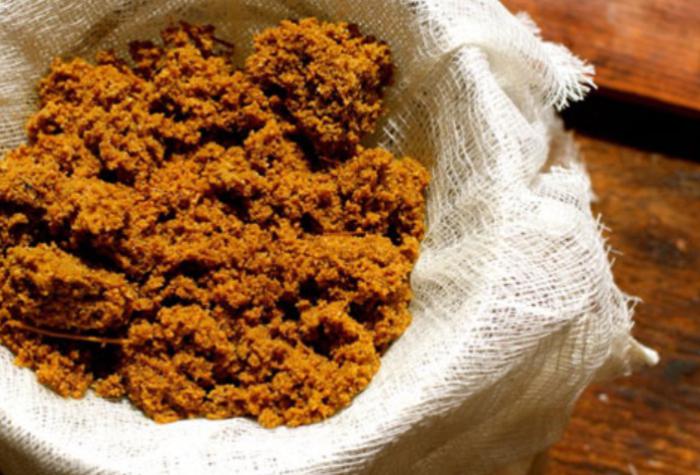
Meadowsweet root is also used for stomach diseases. A tincture prepared from it has an antibacterial and healing effect. It will require 100 g of root and 500 ml of vodka. Infuse for 3 weeks, then take with water - 20 drops of tincture in half a glass of water three times a day, 20-30 minutes before meals.
The prepared ointment is effective against burns and ulcers. Pour the powdered meadowsweet root with vegetable oil (in a ratio of 1:5), leave for 12 hours, strain and apply a gauze bandage soaked in this ointment to the problem area for 6-7 hours, securing it with a bandage.
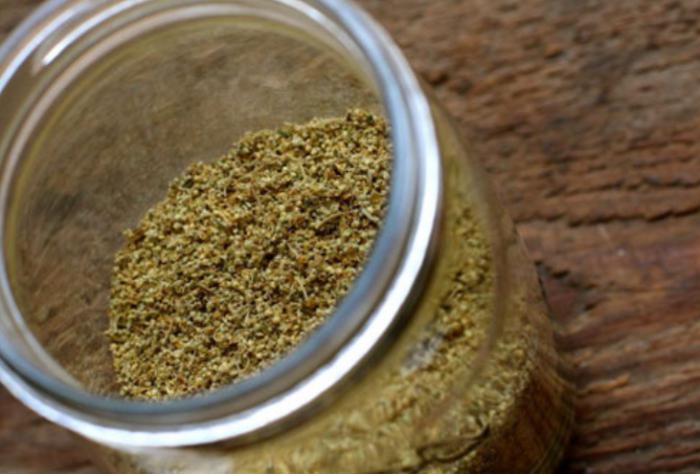
Preparation of medicinal products from meadowsweet flowers
An alcoholic tincture of meadowsweet flowers is used for diseases of the digestive system, chronic cholecystitis, rheumatism, diabetes, and hepatitis. Pour meadowsweet inflorescences with vodka, add sugar, shake well, and put in a dark place for 10-13 days. To prepare you will need 1 liter of vodka, 50 g of flowers and 20 g of sugar. Take 1 spoon up to 3 times a day.
During the period of colds in autumn and winter, an infusion that also uses this flower can help. Meadowsweet has the ability to destroy microbes and strengthen the immune system, so it is recommended for influenza and acute respiratory infections. By consuming an infusion of flowers at the earliest stage of the disease, you can be cured within a day. It’s best to always have this product on hand, so it’s worth preparing it for future use. Fill a 0.5 liter glass jar half filled with inflorescences with cold water, close the lid and leave for 12 hours. So that the medicine can be stored all winter, it is diluted (can be purchased at the pharmacy).
For this purpose, use a special infusion of meadowsweet flowers and leaves, prepared in a thermos: pour boiling water (500 ml) over the dry mixture (2 tablespoons). Take 4 times a day, 50 ml.
Meadowsweet tea helps with colds and sore throats. This is not only healthy, but also surprisingly tasty drink. Therefore, it is used both during diets and to normalize metabolism.
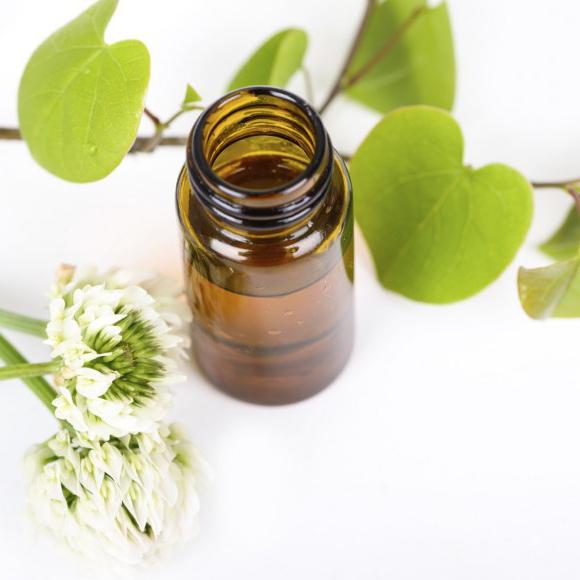
An ointment made from meadowsweet flowers will help cope with problems such as psoriasis. To prepare it, mix 10 g of crushed inflorescences and 40 g of petroleum jelly (can be replaced with baby cream). Lubricate the areas of psoriasis on the skin daily at least 3 times a day.
How to prepare meadowsweet
To get the maximum result from the use of medicinal plants, you need to prepare them in a timely manner. Meadowsweet is no exception here. A photo of this plant found in specialized literature will help you avoid mistakes when collecting. In the summer, when the flowering period begins, the above-ground part of the meadowsweet is harvested. The grass is dried in a place protected from the sun and placed in glass jars. It can be stored in a dry, dark place for 3 years. The underground part of the meadowsweet should be dug up in late autumn. The roots, thoroughly cleared of soil and washed with cold water, should be spread on a cloth in a thin layer and dried.
Meadowsweet varieties
There are about two dozen varieties of meadowsweet. The medicinal properties and contraindications of each differ slightly.
In the European part of Russia, in the territory of Siberia and the Caucasus, meadowsweet is widespread. This variety is famous for the fact that its flowers help. In addition, it is used for urolithiasis.

The most common meadowsweet is the common meadowsweet. Its inflorescences consist of a large number of small white flowers. This is a wonderful honey plant, a delicacy for bees. Due to its compactness, it is used for decorating flower beds and flower beds. Very attractive fern-like leaves and beautiful inflorescences make this meadowsweet a real decoration of the garden. Photos of it can often be found on the pages of landscape design magazines. It rightfully takes its place among the most beautiful plants.
The six-petalled meadowsweet is named so due to its flowers, which have 6 petals. The inflorescences are white or pink in color and have an amazing honey smell. The stem of this plant, the lower part of which is covered with ovate leaves, reaches a height of 170 cm. 
Red meadowsweet is native to North America. The powerful reddish stem of this plant sometimes reaches a height of up to 2 m. Bright fruits adorn the red meadowsweet until late autumn. This variety is better known as decorative meadowsweet. Its medicinal properties and contraindications are described very little. The plant is very resistant to low temperatures and can easily tolerate even 35-degree frosts.
Growing conditions
Meadowsweet is a very unpretentious plant, resistant to frost and does not require any special preparation for the winter period. Prefers moist and fertile soils. But when planting, you should not moisten the soil too much - abundant watering is important in the summer.
Meadowsweet can be propagated either by cuttings of rhizomes or by seeds. It is best to plant in late autumn. A distance of 40 to 50 cm should be maintained between plants. Meadowsweet can grow in one place for a long time; it should be replanted no earlier than after five years.
- Intercostal neuralgia - what it is and how to treat it
- How to quickly get rid of dry calluses on feet
- How to treat left ventricular hypertrophy
- Rating of the best drugs against rotavirus for children
- Making tea from currant leaves, the benefits and harms of the drink
- How to drink hydrogen peroxide according to Neumyvakin - oral dosage regimen
- Features of the treatment of plantar fasciitis with folk remedies
- Composition and beneficial properties of parsley root
- How to get pregnant quickly? Folk remedies
- Herbal ants in the “pot-bellied” period or the use of herbal medicine during pregnancy
- Why does a sore throat and dry cough occur, and what treatment is required?
- An effective cure for rotavirus and proper nutrition for the disease
- How to quickly cure a viral infection at home
- Tormented by snoring, how to get rid of it: all the ways to combat the disease
- Paul fell grass medicinal uses
- Consequences of drug addiction: the effect of drugs on the human body
- — Exercises, folk remedies, drugs
- Nyak - treatment with folk remedies: herbs, homeopathy, methods according to Naumov
- Causes, symptoms and diagnosis
- Folk remedies for large uterine fibroids





